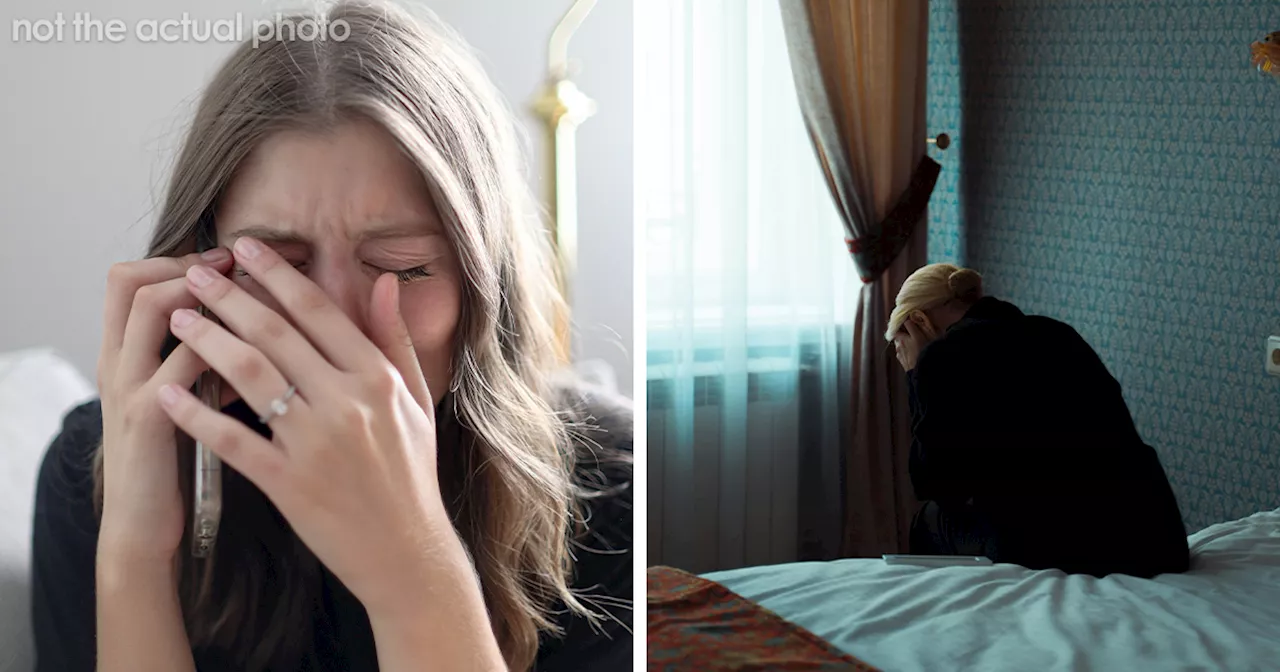This article explores the crucial relationship between aesthetics and functionality in design. It argues that while attractive designs can positively influence user perception, they should not overshadow practicality. Drawing on research and examples, it emphasizes the need for a harmonious blend of form and function to create truly successful products and experiences.
People are inclined to think that aesthetically appealing items will work better, even if they are actually more defective or inefficient. Pretty appearance also makes consumers more tolerant of minor errors. Take off the ugly fake fur, and I think it would be a pretty cool chair. The skeleton is very well drawn. In fact, it was found that around 75% of users would trust a website that is pleasing to the eye. This, of course, goes beyond digital pages.
Applications, dashboards, and physical designs also have better user perception if they look attractive. This proves that user experience can’t be just functional. Attractive design shouldn’t be just a ‘nice’ addition, it plays a big role in how consumers perceive products. Such consumer behavior was first observed by researchers Masaaki Kurosu and Kaori Kashimur in the 90s who were studying human-computer interaction at the Hitachi Design Center. They tried testing 26 variations of an ATM user interface, asking 252 participants to evaluate their aesthetic appeal as well as ease of use. They found that the influence of aesthetics was stronger in their ratings of user experience than the actual ease of use. However, even though a pretty design can make people blind to minor usability problems, it can’t cover up the large ones. Let’s say you’re entering a website and you’re met with large, visually appealing pictures throughout the entire page. Initially, you might appreciate the photos. However, as you start to browse through, you begin to notice the site’s low information content, and it becomes hard to look for the things that interest you. Frustrated, you might exit the page and never come back. That’s why it’s important that function and form work together. When products aren’t easy to use or functionality is sacrificed for aesthetics, users can lose patience, and companies can say goodbye to returning customers. Another reason why product designers shouldn’t rely only on aesthetics is its subjective nature. Beauty is personal to each individual's culture and demographic. So color schemes, fonts, and symbols can be evaluated differently depending on the user’s experiences and background. A Korean person might find a bright red interface inviting, while someone from the US might find it too loud and distracting. After the designer has thought about their audience, it’s important to continually refine the product based on user feedback, which ensures a balance between form and function. A few other strategies that can help balance form and function are collaboration with other disciplines (e.g., engineers, marketers) and technology usage. All of these can improve the product while maintaining a sleek look. Lastly, Kalaboukis reminds creators not to forget sustainability. “Factor in sustainability as an element of design. Eco-friendly designs that are both beautiful and functional resonate with environmentally conscious consumers.
AESTHETICS FUNCTIONALITY USER EXPERIENCE DESIGN PRINCIPLES SUSTAINABILITY
Canada Latest News, Canada Headlines
Similar News:You can also read news stories similar to this one that we have collected from other news sources.
 Commemorating Pets: Balancing Sentimentality with Home DecorThis article explores the delicate balance between honoring a beloved pet's memory and maintaining harmonious home decor. It offers practical suggestions for incorporating pet memorabilia tastefully, emphasizing communication and compromise between partners.
Commemorating Pets: Balancing Sentimentality with Home DecorThis article explores the delicate balance between honoring a beloved pet's memory and maintaining harmonious home decor. It offers practical suggestions for incorporating pet memorabilia tastefully, emphasizing communication and compromise between partners.
Read more »
 A Bronze Age: Balancing Whimsy and Function in Slow FashionA Bronze Age, a Vancouver-based slow fashion label, has gained international recognition for its unique blend of romantic details and practicality.
A Bronze Age: Balancing Whimsy and Function in Slow FashionA Bronze Age, a Vancouver-based slow fashion label, has gained international recognition for its unique blend of romantic details and practicality.
Read more »
 Mental Health and Custody Rights: A Balancing ActThis article explores the complex issue of custody rights for parents with mental health challenges. It examines legal considerations, parental responsibilities, and the impact of various mental health conditions on parenting capabilities.
Mental Health and Custody Rights: A Balancing ActThis article explores the complex issue of custody rights for parents with mental health challenges. It examines legal considerations, parental responsibilities, and the impact of various mental health conditions on parenting capabilities.
Read more »
 Mental Health and Custody Rights: Balancing Parental Well-being with Child's Best InterestThis article explores the complex relationship between a parent's mental health and custody decisions. It clarifies that a diagnosis alone doesn't automatically result in custody loss, emphasizing the importance of evaluating the impact of the condition on the parent's ability to provide care.
Mental Health and Custody Rights: Balancing Parental Well-being with Child's Best InterestThis article explores the complex relationship between a parent's mental health and custody decisions. It clarifies that a diagnosis alone doesn't automatically result in custody loss, emphasizing the importance of evaluating the impact of the condition on the parent's ability to provide care.
Read more »
 The Gift-Giving Dilemma: Balancing Belonging and BudgetA recent Gallup poll reveals that higher-income American families spend considerably more on gifts during the holidays. This disparity highlights the growing issue of income inequality and its impact on social gatherings. The article explores the pressures to conform to spending norms and offers advice on navigating gift-giving situations while staying true to your financial limits.
The Gift-Giving Dilemma: Balancing Belonging and BudgetA recent Gallup poll reveals that higher-income American families spend considerably more on gifts during the holidays. This disparity highlights the growing issue of income inequality and its impact on social gatherings. The article explores the pressures to conform to spending norms and offers advice on navigating gift-giving situations while staying true to your financial limits.
Read more »
 Gift Spending Inequality: Balancing Belonging and BudgetA recent Gallup poll highlights the growing income disparity in gift spending. Higher-income families are spending significantly more, raising concerns about social pressure and financial strain. The article explores the challenges of conforming to spending norms while staying true to one's budget, emphasizing the importance of open communication and finding alternatives to expensive gifts.
Gift Spending Inequality: Balancing Belonging and BudgetA recent Gallup poll highlights the growing income disparity in gift spending. Higher-income families are spending significantly more, raising concerns about social pressure and financial strain. The article explores the challenges of conforming to spending norms while staying true to one's budget, emphasizing the importance of open communication and finding alternatives to expensive gifts.
Read more »
